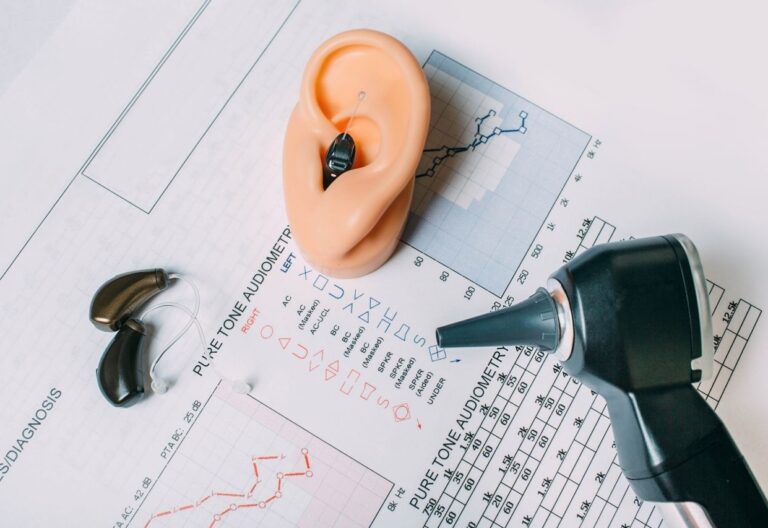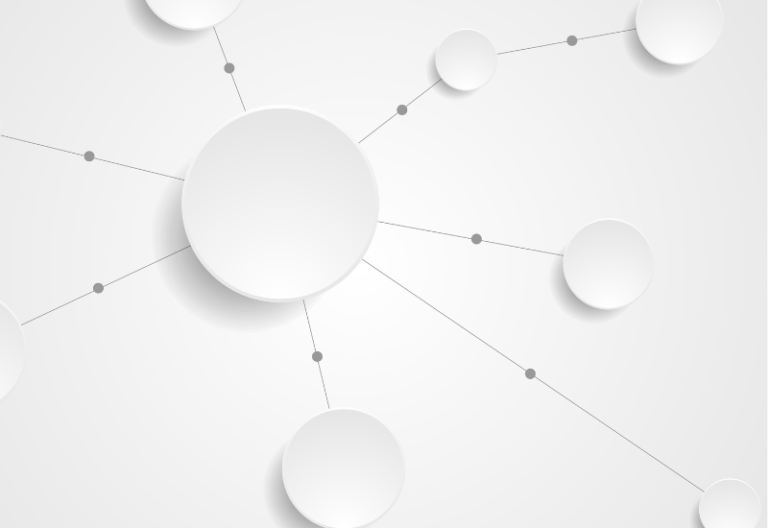Implementing HL7 messaging standards in a healthcare IT system requires following a defined format. Doing so ensures the uniformity and accuracy of data being exchanged.
This post offers an overview of how HL7 messages are formatted and how they are used to establish interoperability across various health systems.
Table of Contents

What Is the HL7 Format?
Health Level 7 (HL7) messaging standard follows a specific format, with each message structured into segments. Each message has one or more segments displayed on different lines of text and separated by a carriage return character (\r, which is 0D in hexadecimal).
Within each segment, one or more composites exist, called fields. These fields are determined by a pipe (|) character, and if a composite contains further sub-composites or fields, they are typically dissociated by caret (^) characters.
HL7 Segments Overview
Each segment in an HL7 message has one specific group of information, such as patient demographics, laboratory results, or administrative details. A three-letter code identifies each segment in the message as it organizes data in a structured format.
Over 120 different segments can be used in HL7 messages, as different types of messages hold different HL7 segments.
The list below features the most common ones:
- MSH (Message Header): This segment contains the information of the message itself.
- PID (Patient Identification): Contains the patient’s demographic information.
- PV1 (Patient Visit): Contains information about the patient’s hospital and doctor.
- OBX (Observation/Result): Contains the information about the patient’s observations, measurements, and clinical results.
- ORC (Common Order): Contains the information related to orders and workflows
- NK1 (Next of Kin): Contains contact information for the patient’s next of kin.
HL7 composites
HL7 composite is a data type, and each segment of an HL7 message contains one or more composites. These composites are combined to represent a single value, and every composite is separated by a | (pipe) character. Composites can be primitive data types, such as numbers, strings, dates, times, etc., and can contain other composites.
Composites can also contain various subcomponents, each being identified by a ^ (caret) character. This hierarchical structure enables the encryption of valuable detailed information, such as dates, times, identifiers, and coded values, facilitating a seamless exchange of comprehensive healthcare data between different systems.

HL7 delimiter characters
Aside from the (|) composite delimiter and (^) subcomponent delimiter, here are the delimiter characters being used in HL7 messages:
- 0x0D: Identifier for the end of each segment
- |: Composite delimiter
- ^: Sub-composite delimiter
- & : Sub-sub-composite delimiter
- ~: Splits repeating fields
- \: Escape character
Importance of HL7 Formats in Healthcare Communication
Improves data exchange
HL7 formats standardize the structure and content of healthcare data, enabling different healthcare systems or platforms to exchange data accurately and seamlessly. It also ensures the consistency of transmitted information, allowing it to be easily recognized and interpreted by receiving systems.
This level of interoperability streamlines healthcare workflows, eliminating the need for manual data entry, which often results in errors causing delays in patient care.

Enhances interoperability
HL7 formats promote interoperability by providing a common language with which different healthcare systems and applications can communicate. It seamlessly allows hospitals, clinics, laboratories, and pharmacies to share vital patient information, which is crucial during emergencies and other critical situations where quick access to accurate data can make a difference in patient outcomes.
Think of it this way. HL7 formats can act as a bridge between various healthcare entities, breaking down silos while making it easier for different EMR and EHR systems to communicate and exchange information effectively. This streamlined approach to healthcare communication ultimately enhances the effectiveness of exchanging vital information while prioritizing the patient’s overall well-being and safety.
Elevates patient care standards
HL7 formats have been directly contributing to improving patient care as they facilitate the accurate and timely exchange of information. Since healthcare providers can access critical and vital information about the patient in real time from various sources, it enables them to make well-informed clinical decisions and, at the same time, work closely together with other members of the healthcare team.
Moreover, HL7’s role extends beyond clinical settings, as it empowers patients to take a more proactive approach to managing their own health.
Streamlining Healthcare Delivery
HL7 format allows for the automation of data exchange, streamlining workflows between different medical systems and applications. From scheduling appointments and billing to electronic health records (EHR), electronic medical records (EMR) integration, and telemedicine, HL7 enables seamless interoperability across the entire healthcare ecosystem.
This streamlined approach to healthcare communication reduces administrative burdens, minimizes redundancies, and optimizes resource utilization, enhancing the efficiency, productivity, and cost-effectiveness of healthcare delivery.







